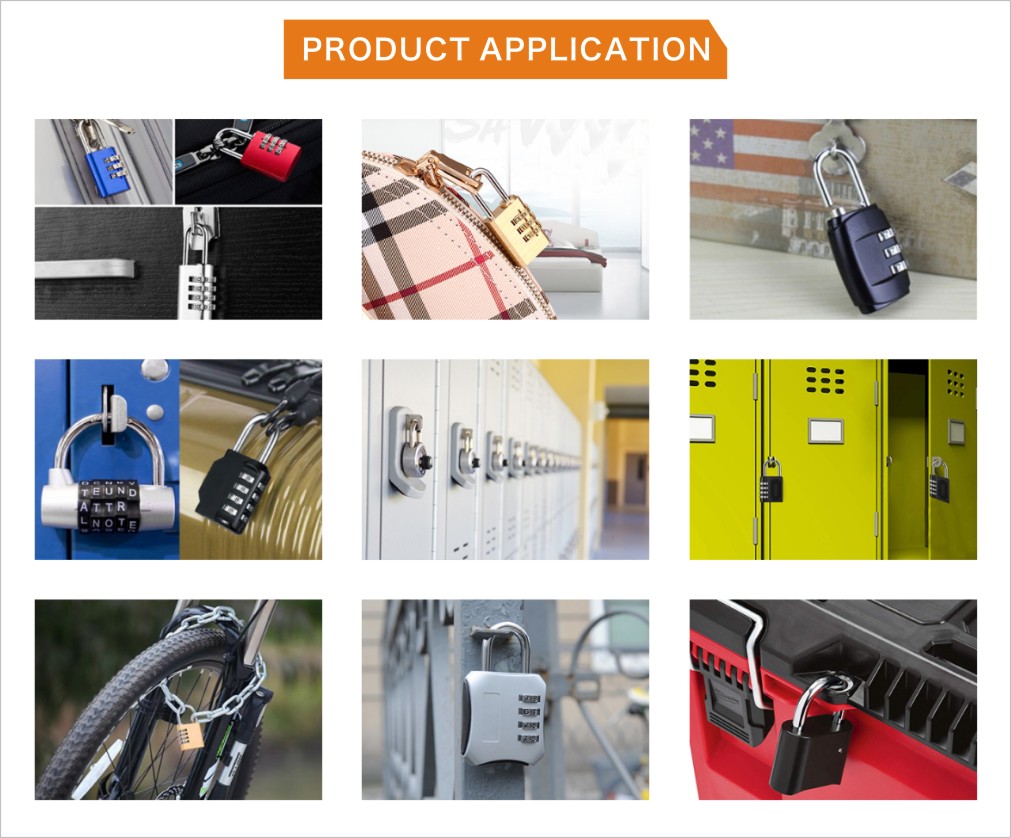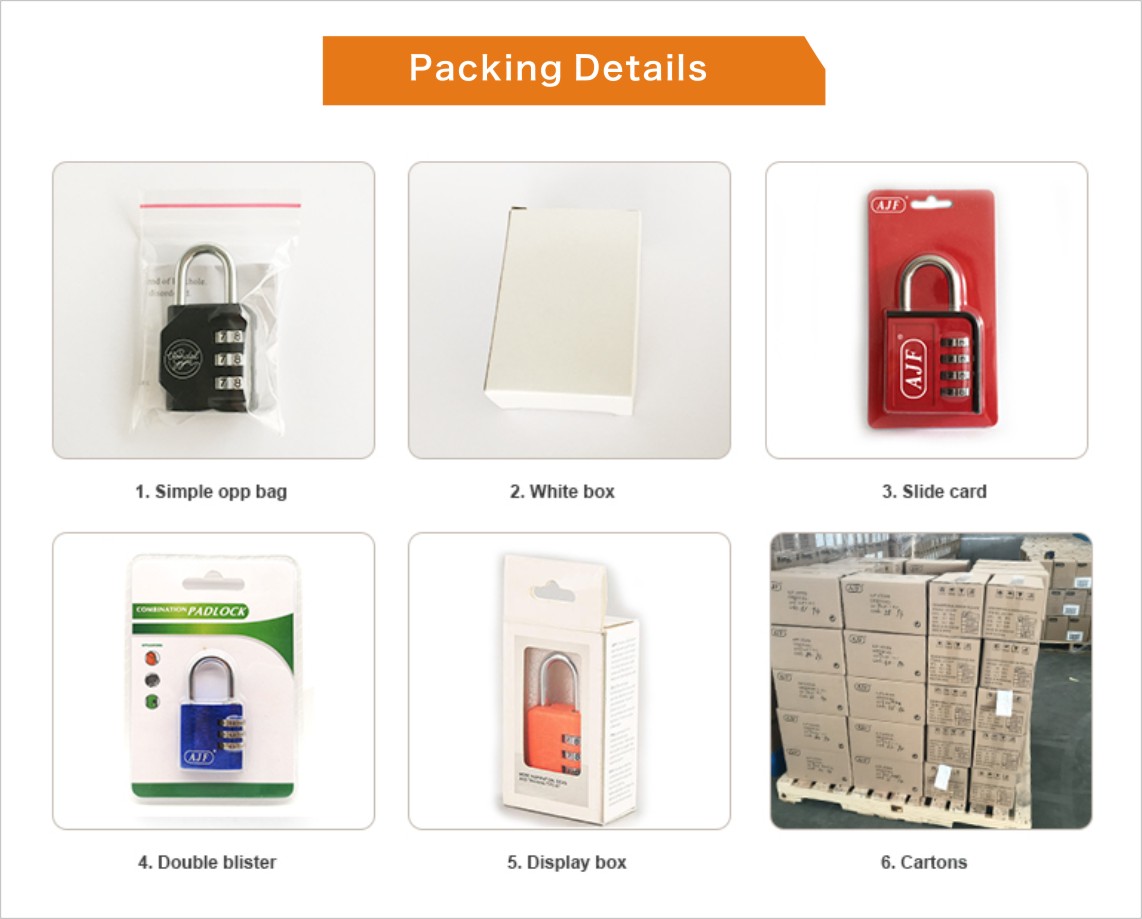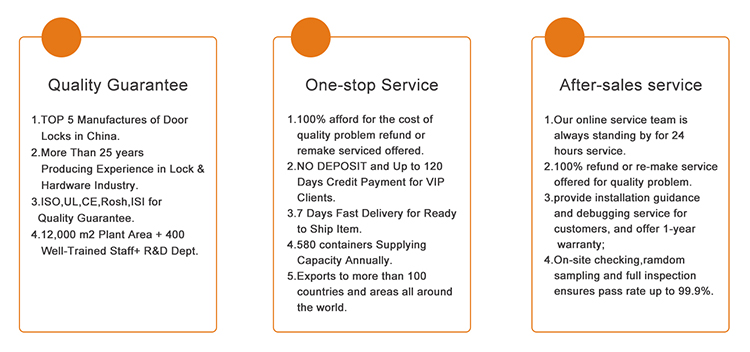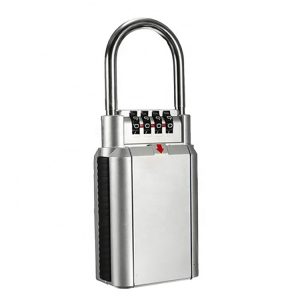
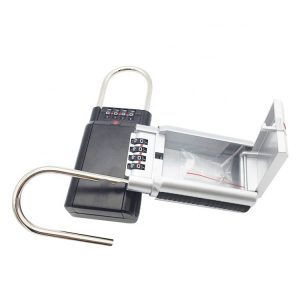
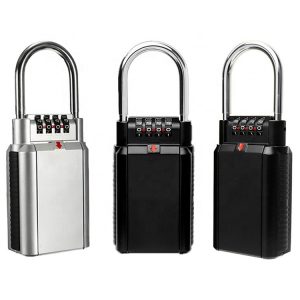
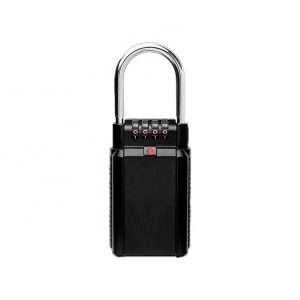
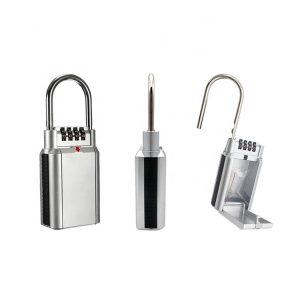
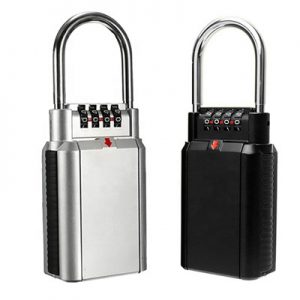
| Product name | Combination Lock |
| Brand Name | Kamal or OEM |
| Logo | Accept custom |
| Model Number | Customized |
| Material | zinc alloy,steel or Customized |
| Size | 170×33.5x66mm or Customized |
| Color | Sliver, black or more colour |
| Packing | EPE form bag+cardboard box |
| Usage | Store car key, door key,card,etc |
| Method of payment | BOLETO, mastercard, visa, e-Checking, PAYLATER, T/T |
A combination Lock is a type of lock. It uses a series of numbers or symbols to open. The text code lock can be divided into: mechanical code lock, digital code lock and so on. The code of the combination lock is usually just a permutation rather than a real combination. Some code locks only use a turntable to rotate several discs or cams in the lock; some code locks rotate a set of dial wheels engraved with numbers to directly drive the mechanism inside the lock.
The simplest combination lock, commonly found in bicycle locks with low security settings, uses multiple dials. There is a recess in the middle of each circle. There are several protruding teeth on a shaft in the center of the lock to hold the dial ring. When the dial turns to the correct combination, the lock can be opened. This kind of lock is the easiest to open. Many of these locks can be opened without knowing the password. Unless its internal components are made flawlessly, as long as the shaft is pulled out, one of the teeth will tighten the dial ring more tightly than the others. At this time, turn the tightened dial ring until a small “click” sound is heard, indicating that the tooth has entered the correct recess. Repeat this step, and the lock can be opened soon.



